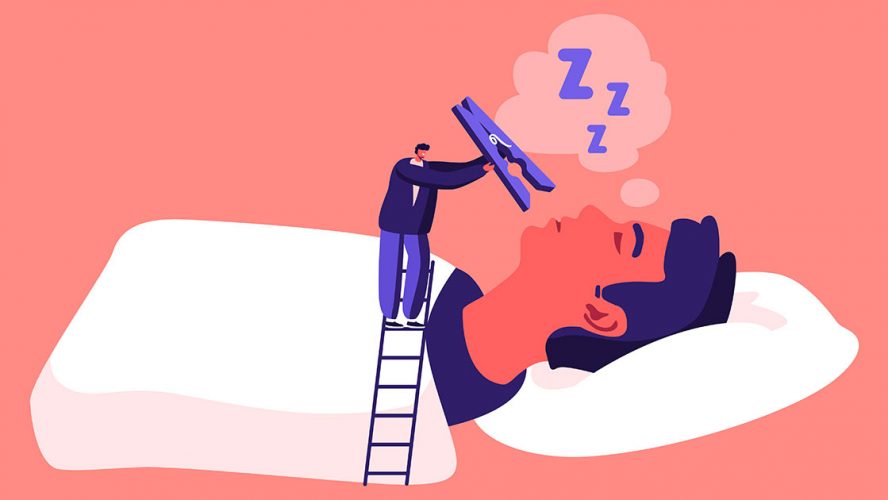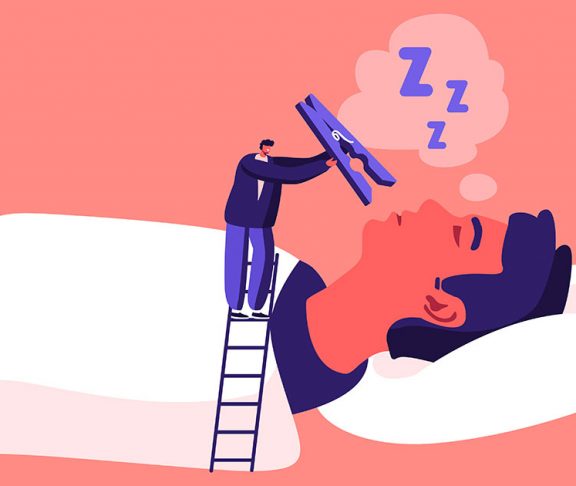Sleep is an often misunderstood requirement for life itself. It’s as necessary to survive as food and water are. Many of us don’t even realize that we may have a sleep problem or even a sleep disorder. Do you often wake up tired, maybe with a dry mouth or a bad taste in your mouth, or maybe even with a headache? Do you feel excessively sleepy during the day? Do you snore? Have you been told that you stop breathing sometimes when you sleep? Sleep Apnea may be to blame. Sleep Apnea is when your breathing is interrupted during sleep. In a severe case this can happen hundreds of times a night. This disruption can cause irreparable harm to our bodies.
At least 29 million American adults struggle with Obstructive Sleep Apnea (OSA). OSA is the most common type of sleep apnea. Worldwide this number increases to over 1 billion people, up from the 100 million estimate by the World Health Organization (WHO) in 2007. According to a 2016 Frost & Sullivan report, the prevalence of OSA is on the rise: 13 percent of the U.S. adult population is afflicted with it.
Sleep specialists use “sleep studies”, and other tools, to help diagnose sleep disorders including sleep apnea, primarily OSA. Some patients, in conjunction with their physician, may choose a Home Sleep Apnea Test (HSAT) instead of an “in-lab” polysomnography (PSG) sleep study. With a HSAT the patient administers their own sleep test in the comfort of their own home and bed instead of an attended study in a sleep center.
HSAT’s have always been popular for homebound patients, the elderly, those with a chronic illness, and those who have a hard time taking time out of their busy schedules. Some form of home sleep testing has been available for use for decades. However, a HSAT is not the right option for everyone. Patients who may have other sleep disorders, comorbidities, or other medical problems like congestive heart failure, chronic obstructive pulmonary disease, morbid obesity, neuromuscular disease, or pediatric patients are generally not good candidates for home testing.
Since HSAT’s are only used to diagnose breathing disorders, there is less equipment and it uses far fewer sensors than an in-lab study because the focus is for OSA and not any of the other 80+ sleep disorders that may be seen during a full polysomnography (PSG) study performed at a sleep center. A HSAT typically includes a sensor that slips over the index finger to monitor oxygen levels and heart rate, another set of sensors that monitors breathing patterns, elastic belts with sensors are placed on the chest, and a small tube similar to an oxygen cannula is used to measure airflow through the nose. In the morning all the sensors are removed. Some are discarded and some are returned to the sleep center to be cleaned and disinfected to be used again.
Home sleep testing has seen a significant worldly increase in popularity in response to the spread of SARS-CoV-2, the virus that causes the novel coronavirus disease 2019 (COVID-19), as well as insurance preferences since they’re not as expensive as in-lab studies.
Prior to Covid-19 (CV-19) the patient generally would go into a sleep center to pick up the equipment used for the HSAT and a sleep specialist would demonstrate how to apply the sensors and how to perform the test. The patient would then go home and perform the test. The data obtained is stored on the equipment and is uploaded at the sleep center the following day when the patient returns the device to the sleep center.
Although HSAT devices have been available to patients for years, the pandemic has emphasized the need to innovate. A new category of fully disposable HSAT devices is now changing the landscape for both providers, payers, and patients alike. With the disposable models the user can now simply discard the entire device after receiving almost-immediate results. But this newfound agility comes with some costs: they are more expensive per use, on-board-device memory is not included so the device has to be connected to a smartphone, limited clinical acceptance, and the environmental impact of disposing the plastics and other materials is a concern. For now, no universal answer is available for whether fully disposable home sleep tests are effective during the pandemic.
Neurologists, Pulmonologists, Cardiologists, and others who specialize in sleep disorders are seeing an increase in sleep disorders associated with CV-19, a surge they’re terming “COVID-somnia.” With the arrival of CV-19, many “in-lab” sleep centers, with guidance from local and regional health authorities and the CDC mitigation strategies, have either eliminated some services all together or greatly reduced the available nights for “in-lab” sleep studies resulting in an increase in HSAT’s being used for suspicion of certain sleep disorders such as OSA.
In some states with anticipated acceleration in community-based spread, some independent sleep laboratories are canceling non-essential diagnostic testing until otherwise advised by their health system and local, state and CDC officials.The common practice of a patient visiting a sleep center to pick up the HSAT equipment, and to receive instruction on its use, have been replaced by the equipment being shipped to and from the home along with an instructional video on usage. This practice reduces the patient, and the sleep center, from unnecessary exposure to CV-19. With the increase in shipping times due to CV-19 illnesses within the shipping & delivery industry there have been issues with timely deliveries to and from the home users.
An issue with a home sleep test is that if a piece of equipment or a sensor disconnects while the user is sleeping during the night and they don’t wake up to fix the issue, it won’t provide enough data to ensure a complete study. Therefore, the test may need to be repeated. This can cause an increase in cost and a delay in returning the unit to be prepared for the next user.
The coronavirus pandemic doesn’t affect everyone in the same way. Of course, patients with the virus and front-line medical workers face the brunt of the direct impacts of the disease. The increase burdens and consequences including: emotional, mental, professional, economical and stress related pose significant barriers to sleep. Sleep is a biologically critical process, and as we manage the physical, mental, and emotional demands of the pandemic, it’s now more important than ever.
Approximately 4 million sleep studies are ordered each year. In 2013, 10-15% of these were home sleep testing. In 2020 home testing markedly increased due to CV-19 and the need to increase social distancing as recommended by the Center for Disease Control (CDC) and the American Academy of Sleep Medicine. This increase of HSAT is expected to last at least through 2021 with continued market growth.
Both a PSG and a HSAT require a prescription from your medical provider and both types of studies are usually reviewed by a boarded sleep specialist. Since a home sleep test only measures and doesn’t diagnose, users will still have to make an appointment with the physician who will interpret the data and determine a diagnosis. This may be performed by tele-medicine in some locations and with payment by some insurance payers.
Most experts agree that getting consistent, high-quality sleep improves virtually all aspects of health.

